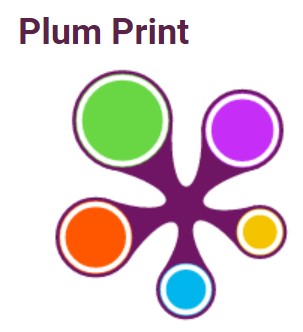For extensive information on this topic, go to the Altmetrics subject guide.
Why use altmetrics?
Not only peers read your online research output but many others as well. One can uncover what these other groups say about your outputs with the underlying qualitative data. The qualitative data also contains demographic and geographic information on people and institutes who are mentioning your output. This information might reveal that your output is not only discussed by peers, but also by students, professionals, practitioners, journalists, institutes, or patient associations, indicating the social or educational relevance of your output.
Main Altmetric Sources
The two main altmetric data aggregators are Altmetric.com and PlumX Analytics, recognizable by the Altmetric donut and the Plum Print.
Access points for the main altmetrics providers on a research output
PlumX: Research Information portal, Scopus, Journal websites (publisher dependent)
Altmetric.com: Research Information portal, Dimensions, Journal websites (publisher dependent), Altmetric Explorer (via UL database list)
Altmetric Explorer
The advantage of using Altmetric Explorer
One can export counts of the mentions for each research output to excel or via the API. You can also create custom reports and register to receive regular email alerts and updates to stay up-to-date with the latest activity. Another advantage compared to other access points is that Twitter activity is not restricted to the last 7 days.
Getting started with Altmetric Explorer
- Find altmetrics for your publication
- Altmetric mentions in patents and policy documents
- The value and limitations of Altmetric.com
- Altmetric for Researchers (tips and tutorials for researchers).
- The introductory video on Altmetric Explorer.
Altmetric Attention Score in context
The Altmetric Attention Score shown in the donuts should never be used as such, as it is a complex indicator. The Attention Score can be used to navigate to outputs with a lot of attention, worthwhile to investigate further, and is best used by individual researchers to understand the overall volume of attention that research has received online.
To understand how a research output’s score compares to other scores use the “Score in Context” tab (found on Altmetric details pages). The Score in context shows rankings and a percentile, based on a comparison of the score of an output with the scores of articles in the same journal, with all articles of a similar age, with other articles of a similar age in the same journal, and with all articles tracked by Altmetric.
However, the Score in context is based on the Attention Score, which is a complex indicator. Moreover, the journal-based ranks do not comply with the DORA agreement. We, therefore, advise you to not use the Attention Score in context.


